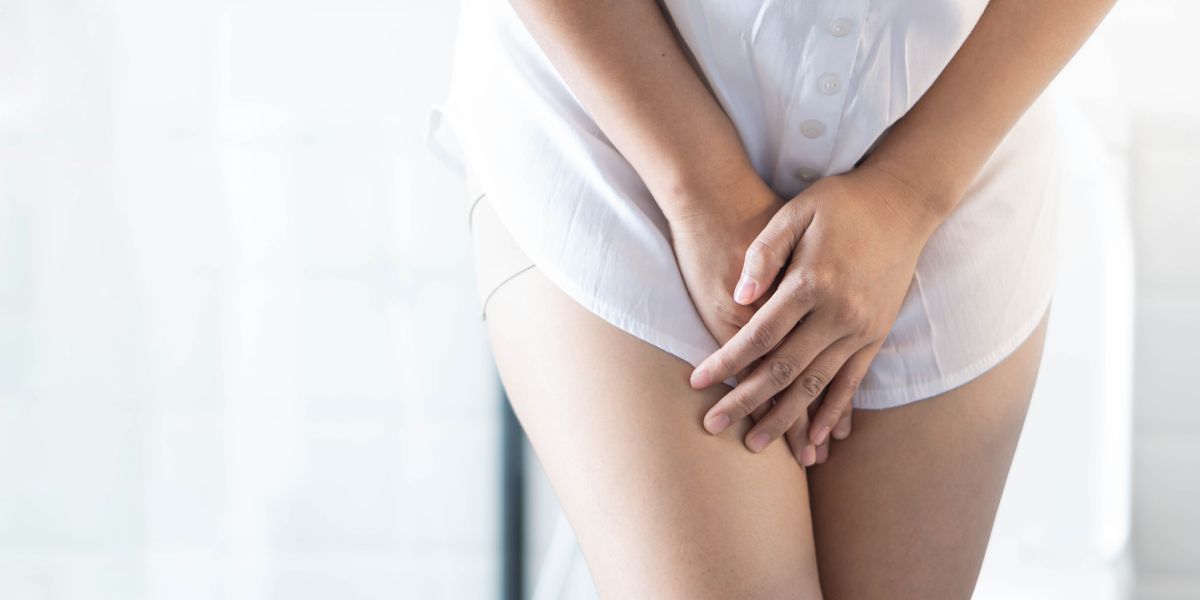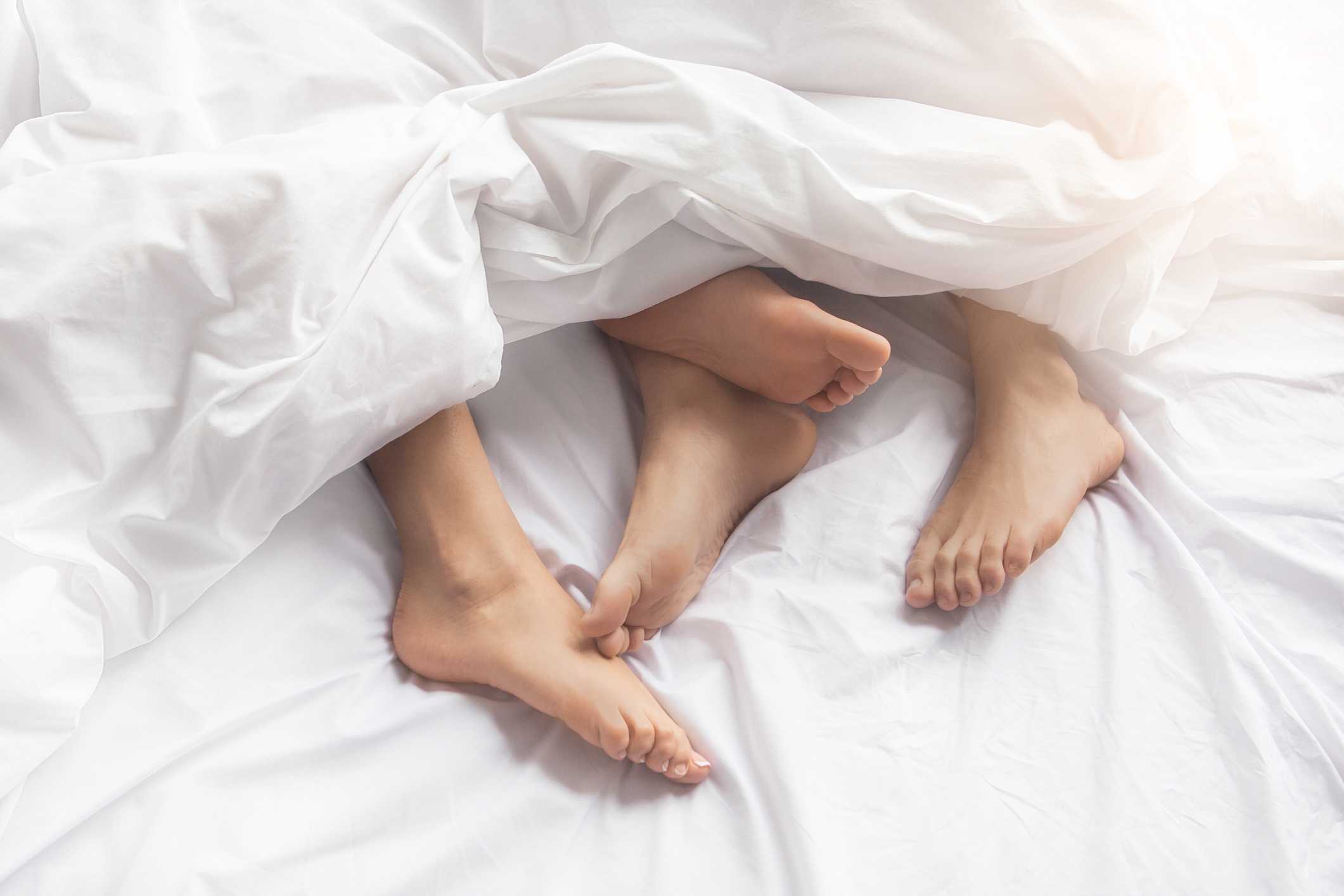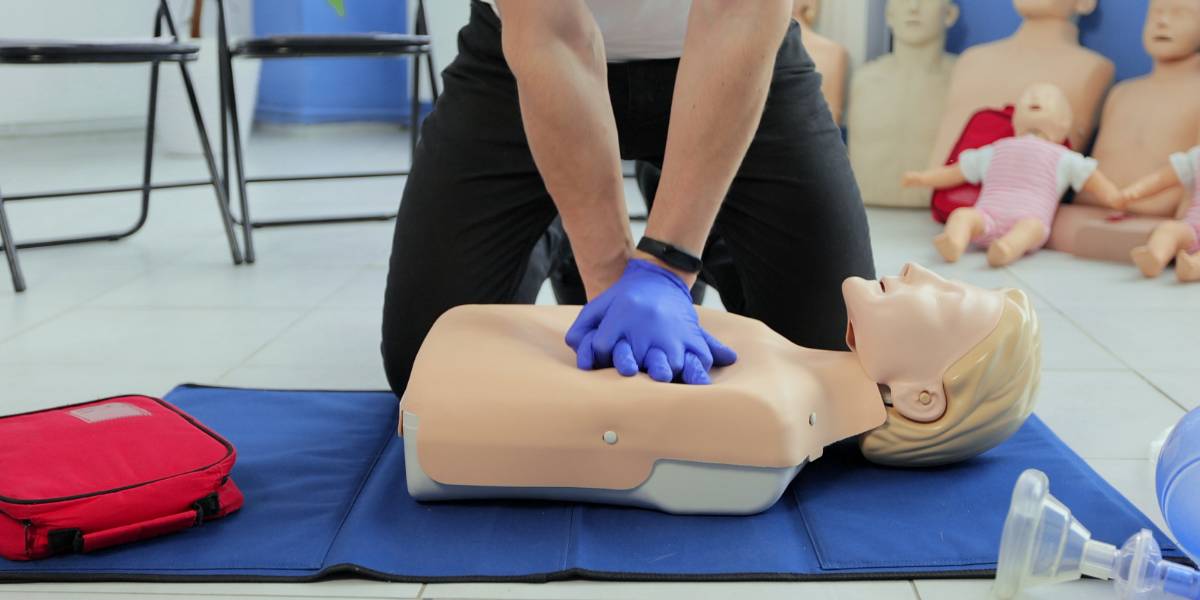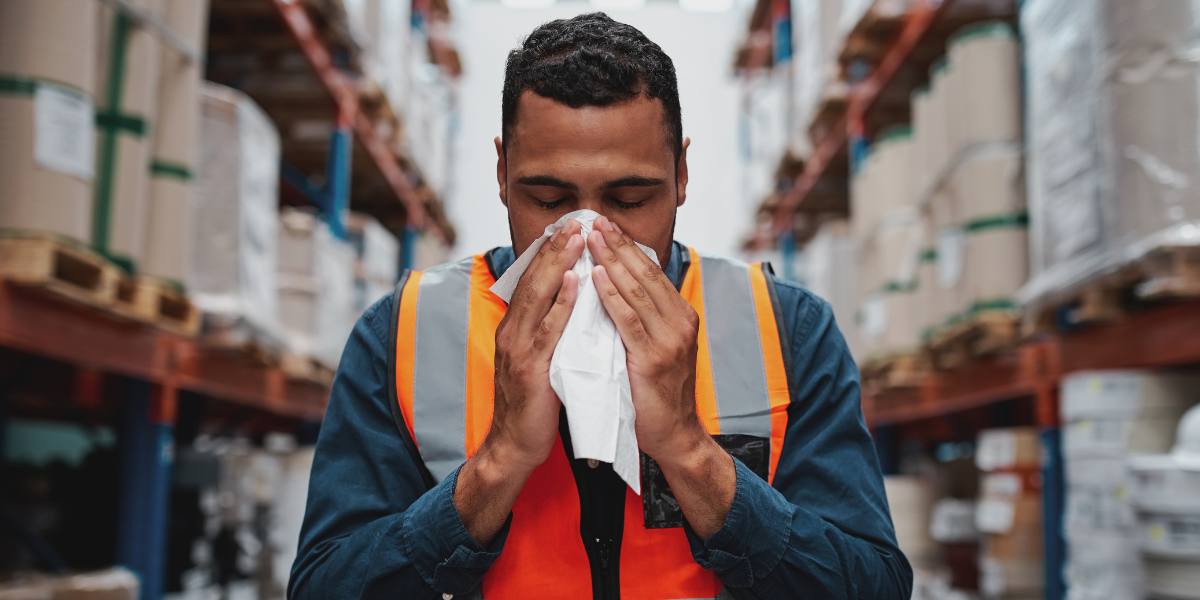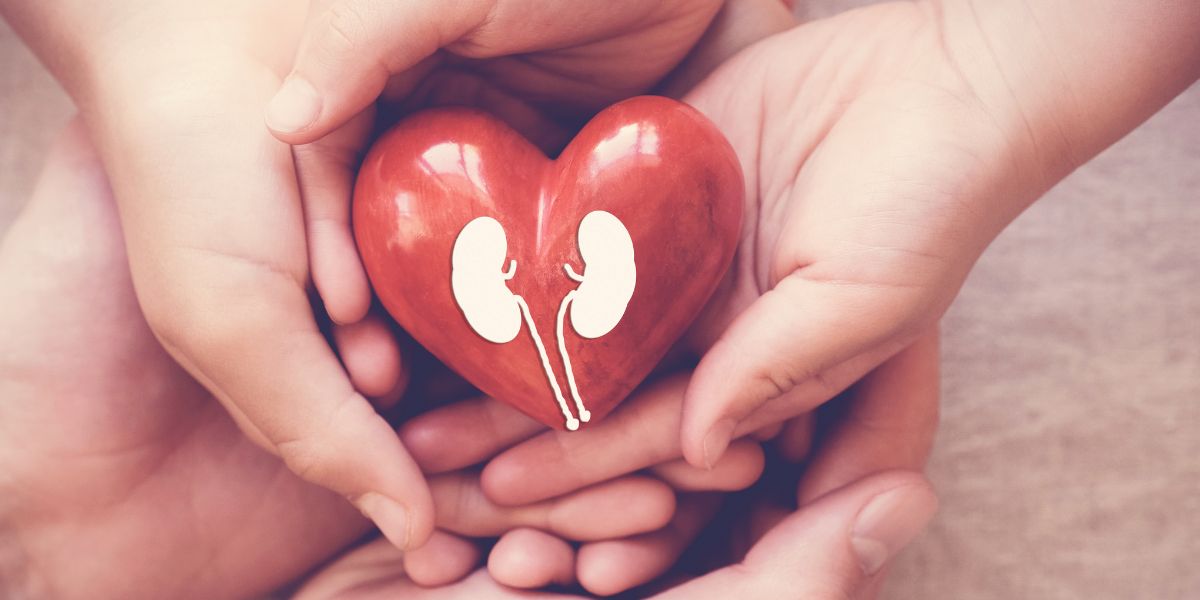Incontinence is defined as the loss of ability to control when you pass urine. Urinary incontinence is relatively common and affects about 5% and 13% of men and women respectively.
There are a number of types of treatments which can be used to control incontinence.
Types of incontinence
There are a number of different forms of urinary incontinence, of which stress incontinence and urge incontinence are the most common.
Stress incontinence can result from activities that can put the bladder under increased pressure, which includes laughing, sneezing, exercise or heavy lifting.
Urge incontinence is when you leak urine and get a sudden urge to urinate giving you little time to respond to the urge before you empty your bladder. Needing to urinate often at night is an example of urge incontinence.
Symptoms of incontinence
The main symptom of incontinence is a loss of control of your bladder. This may be present in the form of leaking of small amounts of urine or needing to suddenly pass large amounts of urine.
Causes of urinary incontinence
Causes of incontinence may include the following:
- High blood glucose levels
- Urinary tract infections
- Autonomic neuropathy
- Certain medications
- An enlarged prostate gland
- Post menopausal changes in the bladder muscles
Medications which may lead to incontinence include blood pressure medications, diuretics, hormone replacement therapy treatments, sedatives and some medications for Alzheimer’s disease
Diagnosing urinary incontinence
If you feel you may have incontinence, speak to your doctor. Incontinence is a common condition which you needn’t feel embarrassed about.
To help diagnose incontinence, your GP will ask you a number of questions and may ask you to complete a bladder diary for a number of days.
Tests for incontinence may also include a physical examination or a dipstick test, which tests urine for the presence of bacteria.
Treatment
Treatment for incontinence may include:
- Pelvic floor muscle training – to strengthen the muscles that help to hold the bladder closed
- Bladder training – involves using techniques to help you increase the amount of time between trips to urinate
- Lifestyle changes – including reducing caffeine intake, drinking a set amount of fluid each day or, where appropriate, losing weight
Some people may be prescribed medication, such as duloxetine, for incontinence. Surgery is a later option if other methods are not successful.
